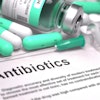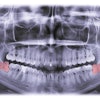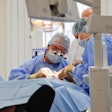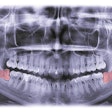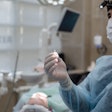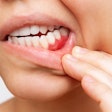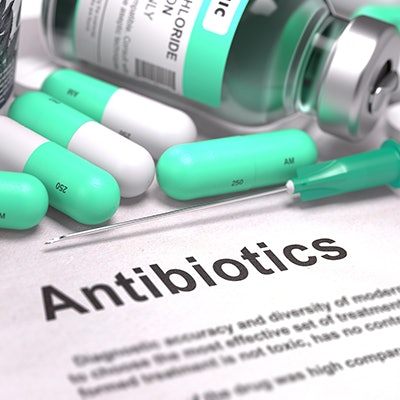
Dental professionals may want to reconsider the use of antibiotic prophylaxis in patients with prosthetic joints. The findings of a new study in JAMA Network Open refute the recommendation for patients with prosthetic joints undergoing invasive dental procedures.
The cohort study evaluated the association between late prosthetic joint infection (LPJI) in nearly 8,5000 patients admitted to hospitals in England. Despite the urging of orthopedic surgeons to provide these patients with pretreatment antibiotics, the authors found no significant relationship between invasive dental procedures (IDPs) and subsequent joint infection.
"This has been a common practice for decades, despite a lack of evidence for an association between IDP and LPJI, a lack of evidence of antibiotic prophylaxis efficacy, cost of providing antibiotic prophylaxis, and risk of both adverse drug reactions and the potential for promoting antibiotic resistance," wrote the group, led by Dr. Martin Thornhill, PhD, a professor of translational medical research in dentistry at the University of Sheffield (JAMA Netw Open, January 2022, Vol. 5:1, e2142987).
The study analyzed National Health Service data from 9,427 patients admitted to hospitals in England for a late prosthetic joint infection between December 25, 2011, and March 31, 2017. The researchers chose an English population because surgeons in the country have never recommended antibiotic prophylaxis to prevent this type of infection.
Roughly one-quarter of the patients had hip prosthetic joints, 34% had knee prosthetic joints, 3% had other types, and 39% had unknown joint types. All patients had dental records that documented an invasive dental procedure, defined as extraction, scaling, or an endodontic procedure, as well as a noninvasive procedure, defined as a dental examination with or without radiographs.
The authors then analyzed whether invasive dental procedures affect joint infection rates by comparing the number of invasive dental procedures in the three months before hospital admission for joint infection with the number of procedures in the prior 12 months. They chose three months as the cutoff because 90% of distant site infections related to dental procedures occur within this time frame.
In their analysis, the researchers found no meaningful association between invasive dental procedures and subsequent late prosthetic joint infection. In fact, they reported a lower incidence of invasive dental procedures in the three months prior to hospitalization.
Furthermore, only 9% of infections that resulted in hospitalization were caused by oral streptococci. The remaining infections were either mixed infections (13%) or due to staphylococci (53%), nonoral streptococci (5%), or other organisms (20%).
"We identified no increase in IDP prior to LPJI; if anything, there was a decrease," the authors wrote. "This suggests that those few LPJIs caused by oral streptococci were more likely a result of daily oral activities, such as toothbrushing, flossing, and mastication, particularly in patients with poor oral hygiene, rather than from IDP."
The study did have some limitations. The data did not distinguish between early and late prosthetic joint infections, and the authors noted that the 9% of infections caused by oral streptococci is likely an overestimate.
Based on the findings, the authors refuted the need for antibiotic prophylaxis before dental procedures in patients with prosthetic joints, saying there is no evidence to support the practice. However, they did point to the need for good oral hygiene.
"The continuing use of antibiotic prophylaxis represents a large and unnecessary financial burden on individuals and the health care system as well as an unnecessary risk to patients, from adverse drug reactions, and society, owing to the potential development of antibiotic resistant bacteria, and should cease," the authors wrote. "However, our data suggest that maintenance of good oral hygiene may be important in preventing the small number of LPJIs in which oral bacteria are implicated."


